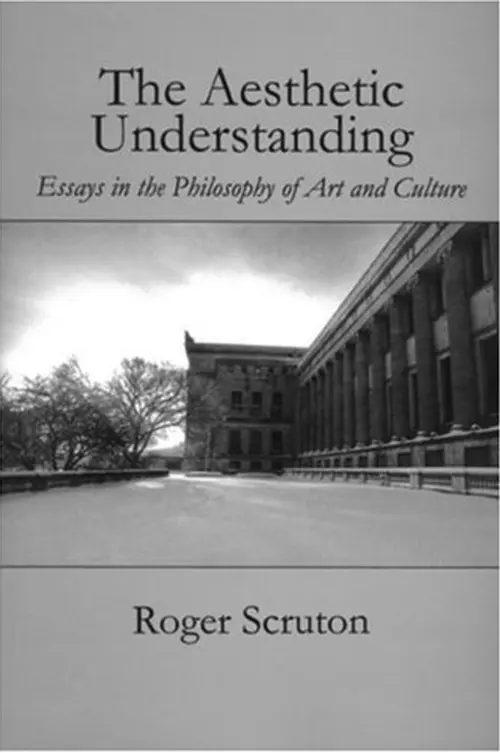SinopseThe Aesthetic Understanding
Brings together essays on the philosophy of art in which a philosophical theory of aesthetic judgment is tested and developed through its application to particular examples. Each essay approaches, from its own field of study, what Roger Scruton argues to be the central problems of aesthetics -- what is aesthetic experience, and what is its importance for human conduct?
The book is divided into four parts. The first contains a resume of modern analytical aesthetics, which also serves as an introduction to subsequent chapters. It also includes an essay that reviews current theories of literary criticism. The second part is devoted to musical aesthetics and contains the theoretical core of the work. Here Scruton describes the contours of aesthetic understanding, and defends the that the object of aesthetic experience is inherently significant, even when it has no "content" that can be described in propositional terms. He rebuts the that music is representational, and in the third part goes on to propose a theory of representation whereby to refute the suggestion that photography is a representational art. This third section also contains a study of film. The final part comprises essays relating aesthetic judgment to the understanding of culture, humor, and design. It covers many subjects, including the prose works of Samuel Beckett and the architecture of Leninism. The essays in this book form parts of a single intellectual enterprise, which is to give analytical foundations to the criticism of literature, visual art, music, and culture.
- Tipo de entrega
- Preço
- Prazo
- {{#each deliveryMethods}}
-
{{ Name }}
{{ formatMoney Amount }}
{{ EstimatedUnit }}
{{/ each}}



 {{/ each}}
{{/ each}} 